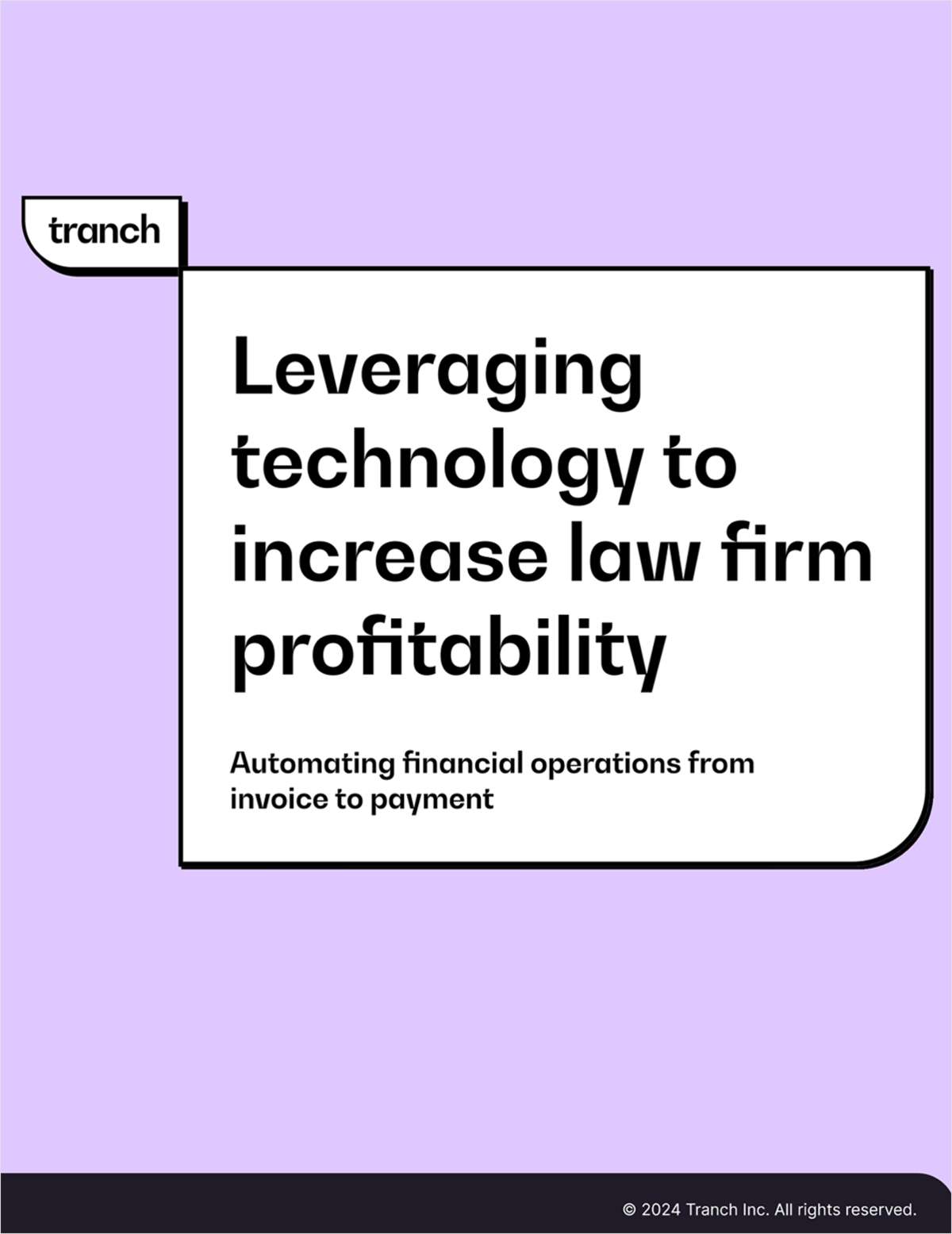More from ALM
- Scan In Progress: Litigators Leverage AI to Screen Prospective Jurors 1 minute read
- Legal Speak at General Counsel Conference East 2024: Match Group's Katie Dugan & Herrick's Carol Goodman 1 minute read
- Legal Speak at General Counsel Conference East 2024: Eric Wall, Executive VP, Syllo 1 minute read
Resources

Aligning Client Needs with Lawyer Growth and Profitability
Brought to you by BigHand
Download Now

The Hidden Cost of Bad Reviews: Why Law Firms & Attorneys Can't Afford a Damaged Online Reputation
Brought to you by Erase.com
Download Now

2024 Report: Digital Payments in Class Actions and Mass Torts + a Special Look at Industry Fraud
Brought to you by Western Alliance Bank, Member FDIC.
Download Now

Leveraging Technology to Increase Law Firm Profitability
Brought to you by Tranch
Download Now





